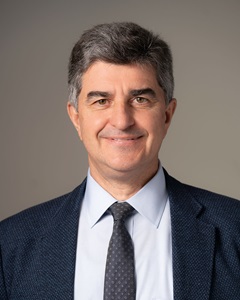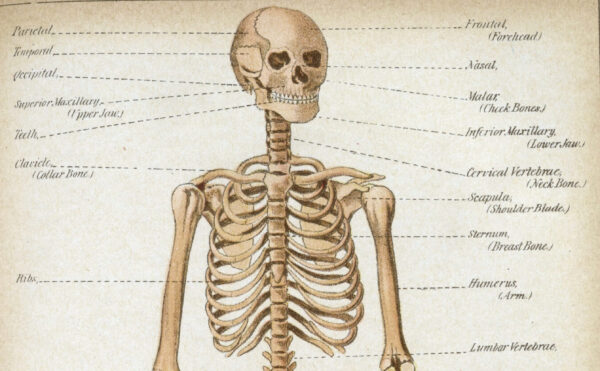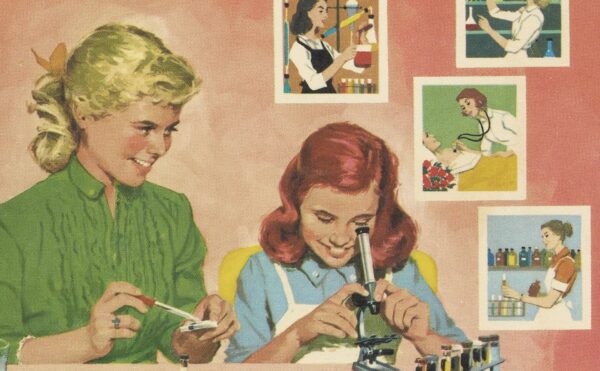
Materials define the progress of humanity as access to new materials enables new tools and technologies. In the Silicon Age, electronic and computer technologies greatly accelerated technical progress, changing our lives. What comes next? The age of nanomaterials.
The era of assembly of new materials, structures, and devices from nanoscale building blocks enables combinations of properties and functions impossible in conventional materials. Assembly from nanoparticles will allow the integration of electronics, energy harvesting, and storage in the same device, creating self-powered Internet of Things and wearable Internet, at the same time minimizing waste during manufacturing.
Numerous 2D materials, including oxides, graphene, and carbides/nitrides (MXenes) are now available, and thousands more are coming. They provide attractive building blocks because they can be assembled into dense structures, just like bricks in a wall. 2D transition metal carbides and nitrides known as MXenes have been expanding rapidly since their discovery at Drexel University in 2011 and have become the fastest-growing family of materials. Properties and applications of these and other 2D flakes and their applications in energy storage, optoelectronics, plasmonics, electromagnetic interference shielding, antennas, electrocatalysis, medicine, sensors, water purification/desalination, and other fields will be discussed.
About the Speaker

Yury Gogotsi works on synthesis and surface modification of inorganic nanomaterials, such as nanodiamonds, carbide-derived carbons, nanotubes, and two-dimensional carbides and nitrides (MXenes). His group also explores energy-related and other applications of materials discovered and developed in the Gogotsi Lab. His work on carbon and carbide nanomaterials with tunable structure and porosity had a major impact on the field of capacitive energy storage.
About the Series
The Joseph Priestley Society (JPS) promotes a deeper understanding of science, technology, and industry, with an emphasis on innovation and entrepreneurship. Speakers are leaders from a wide variety of large and small chemical companies and the financial, consulting, and academic communities.
For more information about this event, please contact jps@sciencehistory.org.
Featured image: A lump of graphite, a graphene transistor, and a tape dispenser donated to the Nobel Museum by 2010 Nobel Prize in Physics winners Andre Geim and Konstantin Novoselov.
Wikimedia Commons
More events
Stories of Science: 2025 Wrapped
Join us in our museum EVERY SATURDAY for a family-friendly program that highlights strange and surprising stories from the history of science!
School Lunch Tour
This interactive drop-in tour reveals how food scientists, the government, and the public have shaped in-school nutrition.
Stories of Science: 2025 Wrapped
Join us in our museum EVERY SATURDAY for a family-friendly program that highlights strange and surprising stories from the history of science!



